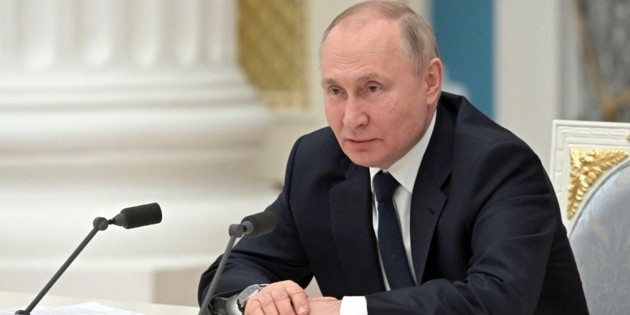Vladimir Putin, President of Russia, threatened to use nuclear weapons. He warned that his country has the weapons available if anyone dares to use military means to try to stop the invasion of Ukraine.
“As for military affairs, even after the dissolution of the USSR and the loss of a considerable part of its capabilities, Russia today remains one of the most powerful nuclear states,” said Putin.
The statement ignited visions of a nightmarish outcome where Putin’s ambitions in Ukraine could lead to nuclear war by accident or miscalculation.
“Furthermore, (Russia) has a certain advantage in several state-of-the-art weapons. In this context, there should be no doubt for anyone that any potential aggressor will face defeat and sinister consequences if they directly attack our country.”
By hinting at a nuclear response, Putin brought into play the ominous possibility that the current fighting in Ukraine could eventually turn into an atomic confrontation between Russia and the United States.
That doomsday scenario is familiar to those who grew up during the Cold War, a time when American students were told to duck under their desks if nuclear sirens sounded, but that danger gradually faded from the collective imagination after the fall. of the Berlin Wall and the dissolution of the Soviet Union, when the two powers seemed to be on a path towards disarmament, democracy and prosperity.
Before that, even the young understood the terrifying idea behind the strategy of mutually assured destruction, a balance in nuclear capabilities that was meant to keep hands on either side away from the red button, knowing that its use could end in annihilation. of both sides in a conflict.
No country has used nuclear weapons since 1945. when US President Harry Truman dropped bombs on Japan believing it was the surest way to quickly end World War II. He did, but at a loss of around 200,000 lives, mostly civilians, in Hiroshima and Nagasaki.

